Disney invited me earlier this month to Los Angeles as part of the #HanSoloEvent, #ABCTVEvent and #PeterPanBluray press event. Travel, accommodations, and prizes were covered, but all thoughts and opinions are my own.
Not many people, at least people who are not Disney employees, ever see the Animation Research Library (ARL) or the collections housed inside. It’s not open to the public, but it is available to Disney employees at any time. The fact that our group of 25 bloggers got a peek inside this amazing building is pretty incredible.
As we walked down the halls and stepped inside a few of the eleven vaults in the facility, it was easy to imagine hearing Alan Menken working on the music for the Little Mermaid on the piano down the hall (he really did!).
Fox Carny, the manager of research at the Animation Research Library, led our tour, and it was obvious how much he loves his job. He was excited to not only show us original artwork from Peter Pan, in honor of the 65th anniversary of the movie, but to introduce us to the work that goes on at the ARL daily.
The Animation Research Library (ARL) is the repository of all the original art work that was created at Walt Disney Animation Studios from the 1920s to present day. In the ARL building alone, they estimate that they have over sixty-five million pieces of art.
Walt Disney, an artist himself, wanted to keep all original art work so that people could learn from it. The collection was and still is meant to be accessed; the ARL is a living facility.
Fun Fact: Even though all Disney artwork is digitized now, artists and animators say nothing beats seeing and handling the original, physical items.
At the ARL, employees work daily to digitize and catalog all of the artwork from the very first animated features to today. You can scan a lot of images, but if you don’t have the cataloging information attached to it, then no one will be able to find it or access it. Interestingly, they do vert minimal restoration work at the ARL. Most pieces that need restoration are sent out to other facilities that specialize in restoration.
The Animation Research Library’s 11 vaults not only store paintings and animation cells, but they also house puppets and other “dimensional objects,” such as the models that animators use to get an idea of their characters angles and shapes from all perspectives.
The library used to be referred to as the “Morgue” and was located in the basement of the Ink and Paint facility at the Walt Disney Studios lot. The check out procedure at the Morgue was quite a bit looser than it is today at the ARL (now all of the pieces stay at the ARL, so employees must come to the library to study). This is an important step to preserve the original artwork. The ARL is a fully climate-controlled facility (62 degrees and 50% humidity), and access to the public is extremely limited.
Fun Fact: The original artists didn’t keep all of the animation cells. Several of the original cells from animated features were either destroyed or sold for $1.50 at Disneyland!
After seeing some of the artwork, we were able to see the process of capturing the digital images. As one who has had years of experience working in photography, I can appreciate the time and care it takes to take consistent and clear images.
Fun Fact: The majority of the pieces in the collection at the ARL are 17.5 inches wide 11.5 inches tall, so they can keep the lights and cameras in the same spot when taking photos to digitize the artwork. That not only saves time, but helps keep the digital images consistent.
On average, photographers at the ARL shoot about 1000 pieces of animation drawings a day (depending on the condition of the artwork). Story boards are photographed at a rate of about 400 pieces a day.
Quality control can go through a few thousand pieces of art per day, looking for consistency in color, etc. It is very important to capture all four edges of the artwork.
Fun Fact: The transformation of Cinderella into her ball gown was one of Walt Disney’s favorite animated scenes of all time.
As Fox Carney gathered us around the big black table, he introduced us to the variety of types of artwork that go into making an animated feature.
Fox said, “These are actually original pieces of artwork from the production of “Peter Pan” which was released in 1953. We have selected a lot of different types of art for you to see because there are a lot of different processes in making an animated feature. You have the story process, you have the animation process, you have the back-ground painting, you have layouts and concept art…”
Model Sheets: “These are the pieces of artwork that would often be photographed and then printed on photo paper and given out to the crews of each individual character. When you have multiple people drawing the same character, how do you keep them consistent, how do you keep them on model? Thus, they would use the model sheet. You can look at the various poses and we need to keep this shape of the face this way or the body proportions this way.”
Concept and Story Art: “What is our film? What will it look like? What are the kind of moments that might happen in this film, so as you look at the concept art pieces, you get an idea that you have this whole series of artists who are trying to understand what it is that the film would look like and what may happen in the film.”
“But then you also have story artists and they create thousands and thousands of story sketches. Which they will pin up on boards and then they will pitch to Walt and the various directors and say this is what happens and this is what happens and this is what happens. What happens that causes the next action to happen, and causes the next action; so, what is our beginning, middle and end of this story? You have your concept artists and your story artist working roughly at the same time.”
Animation Drawings: “These are what the artists, the animators actually drawn out as what are their characters doing, once they have figured out their actions, they would have to draw all that. And then it would be these drawings that at this time, the inkers and painters would actually trace. The Inker would actually trace on a piece of acetate that would be on top of the drawing. And then they would take those once the inkers were done and they would go to the painters.”
Rough Drawings: “And then over here this is actually a rough drawing. Are any of you familiar with Mark Davis or any of the nine old men? Okay. Well, Mark Davis, was one of the amazing animators of that time. He was the supervisor animator for Tinkerbell and so what he would do he would do what we call a rough animation drawing. And so, he would roughly try to figure out the emotion and the action of the character. This wouldn’t quite translate well to how would an inker figure out which line to do, so the assistant animator would go off at the time and then do a fine line draw over so the inker would have nice, clean drawings.”
I wish I could show you more of what we saw during our time at the ARL. It was a wonderful window into years of inspired work from Disney animators.
Want more? Click HERE to see all of my Han Solo Event/Peter Pan Bluray coverage.
© 2018, Food Fun Family. All rights reserved.

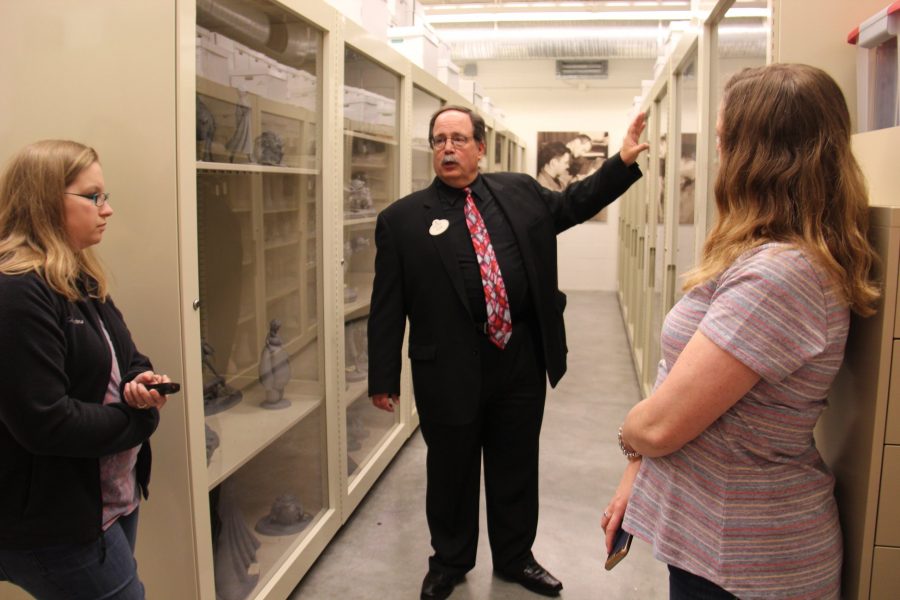
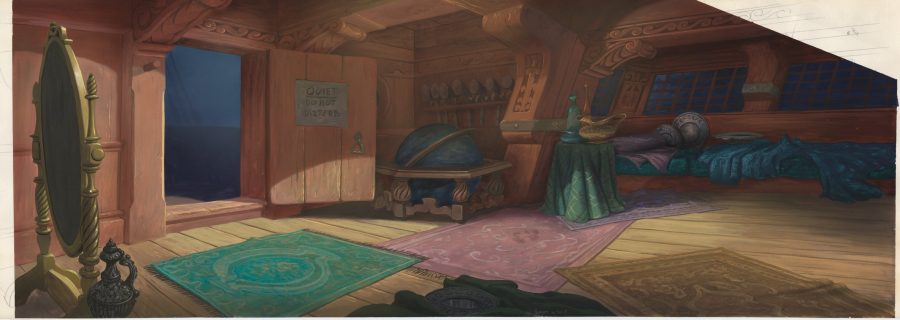
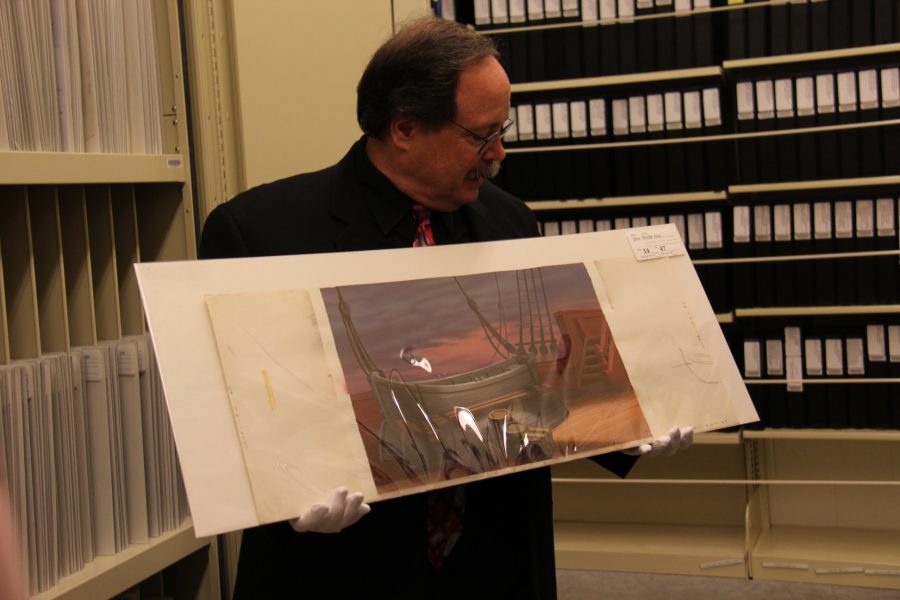
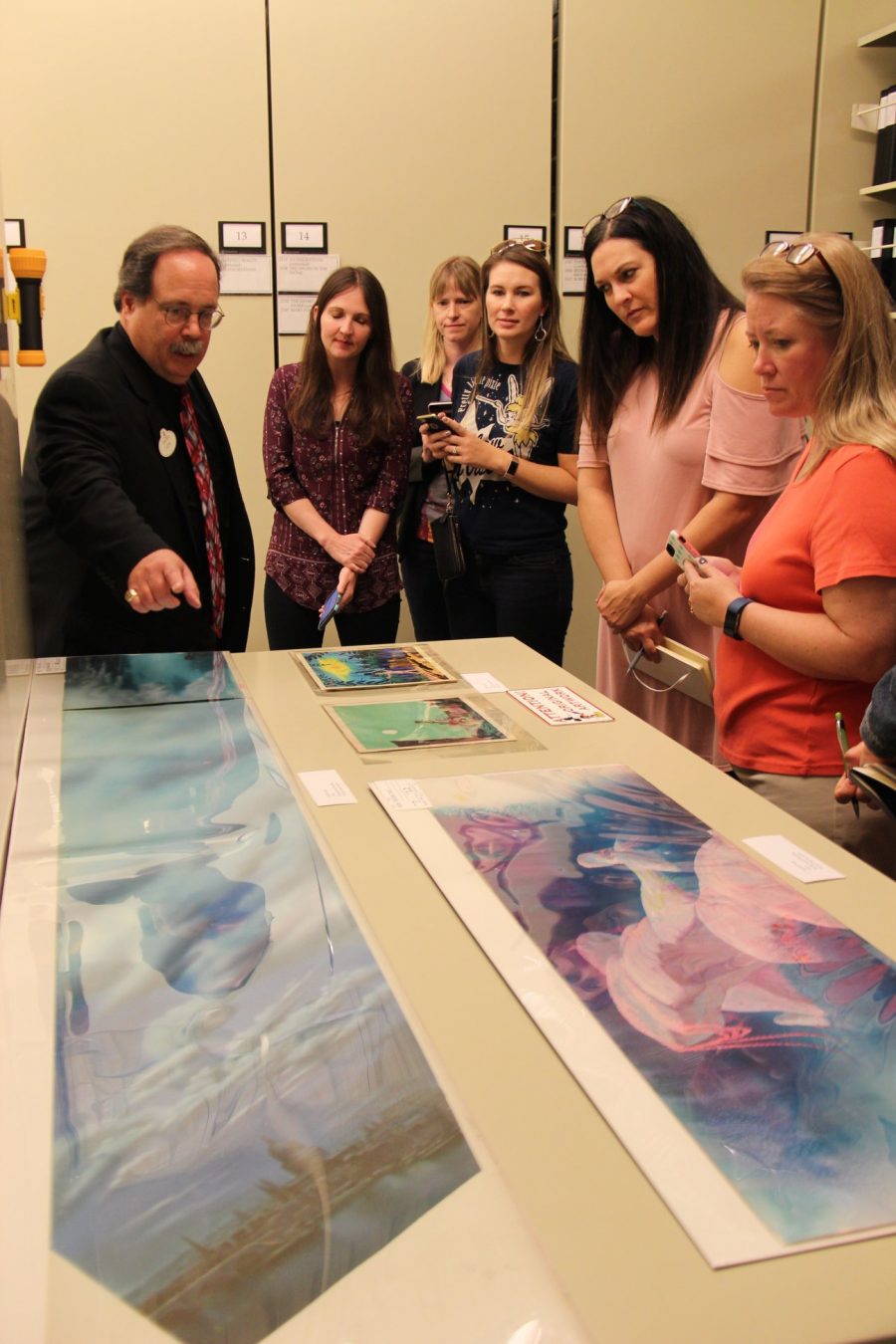
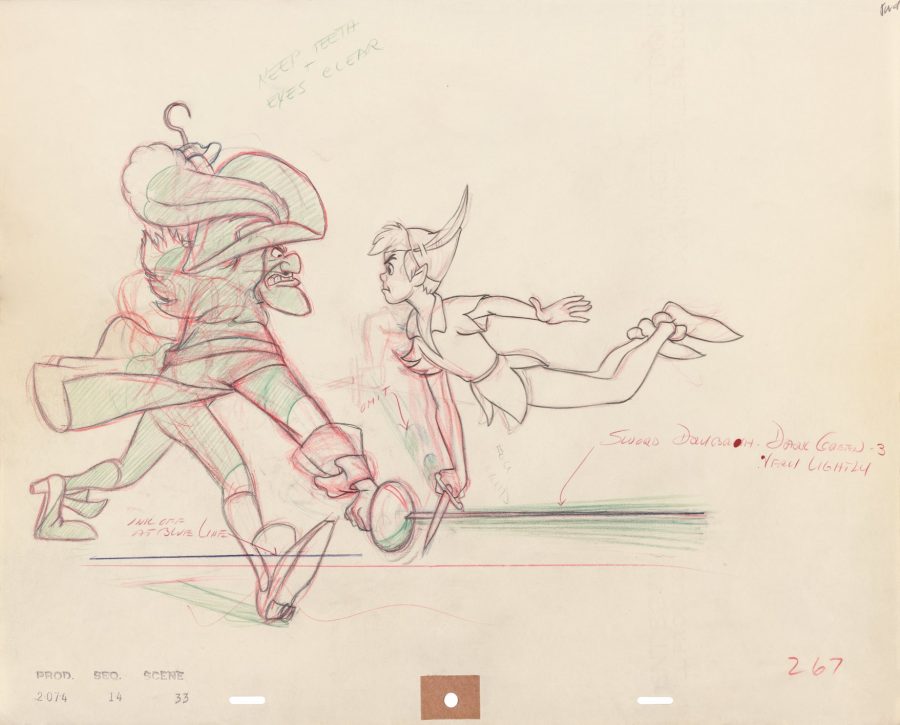
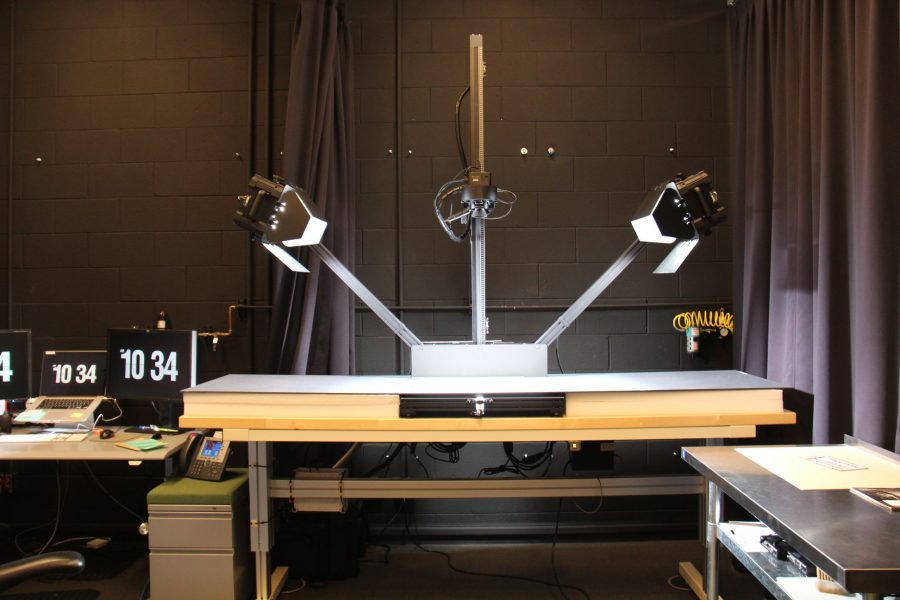

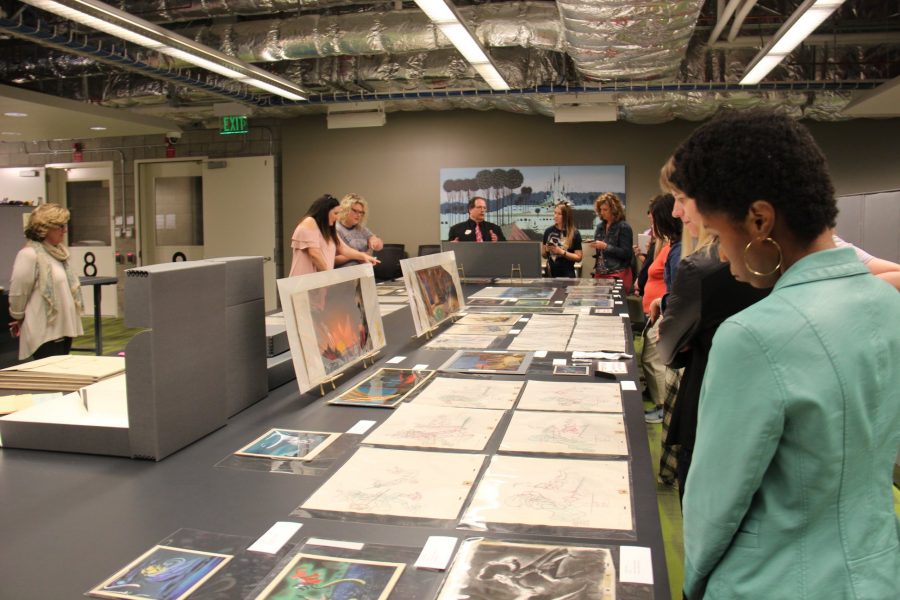
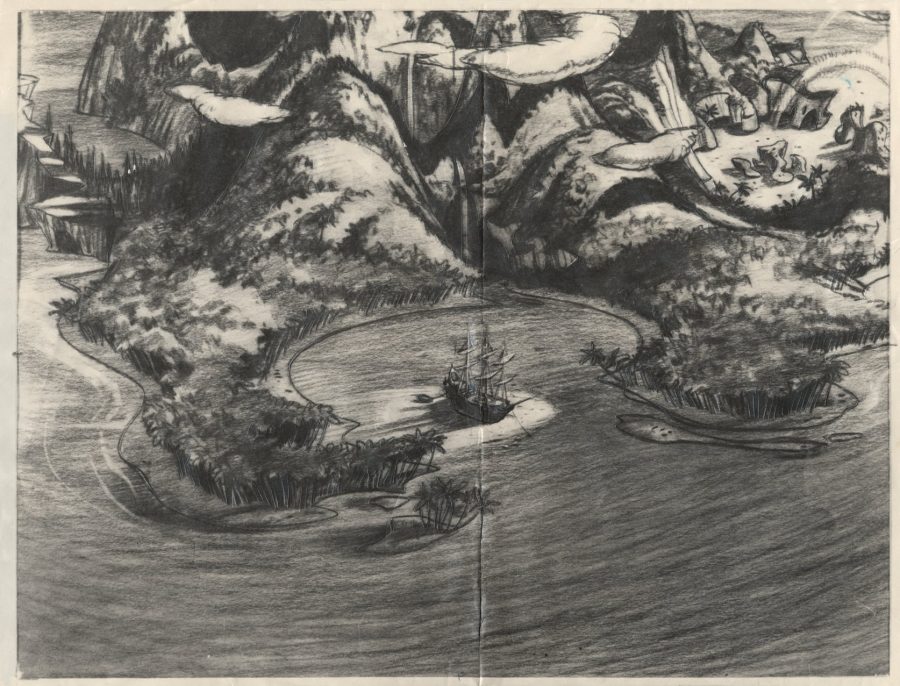
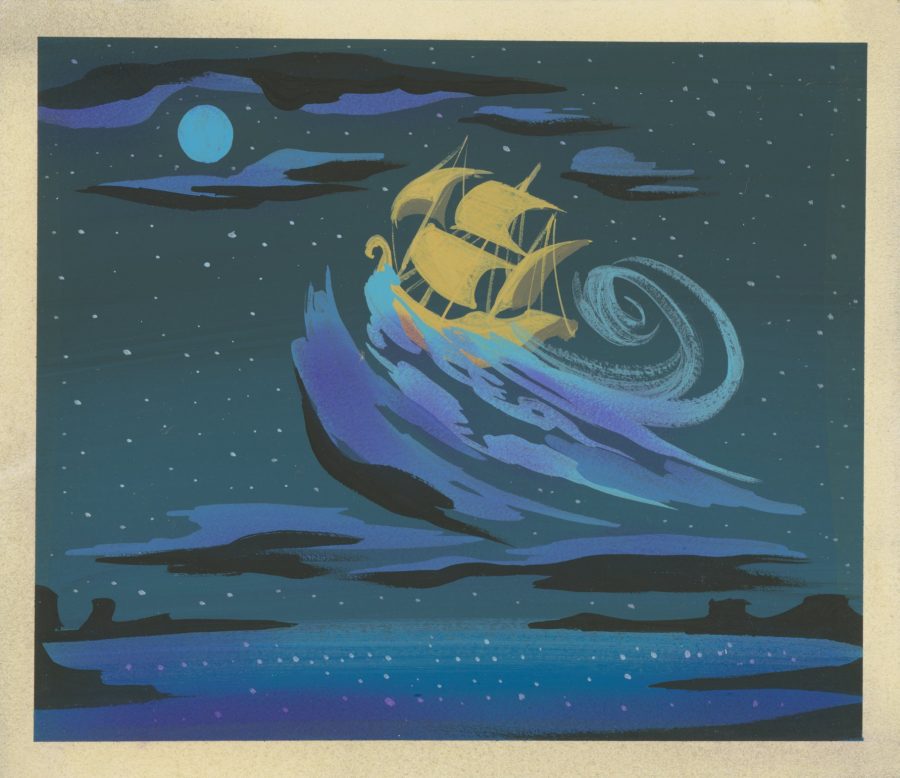
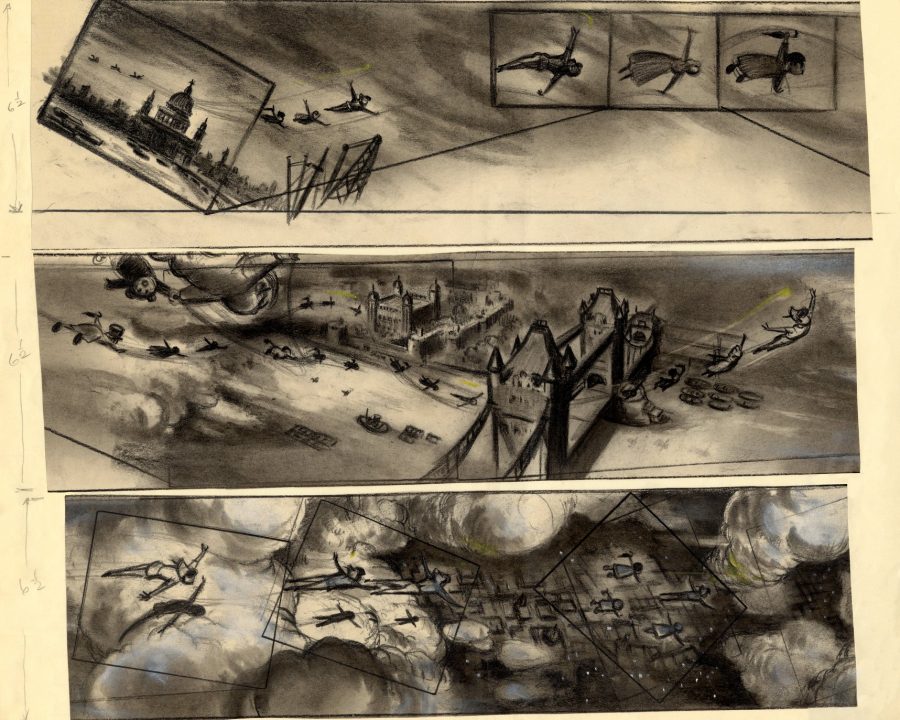
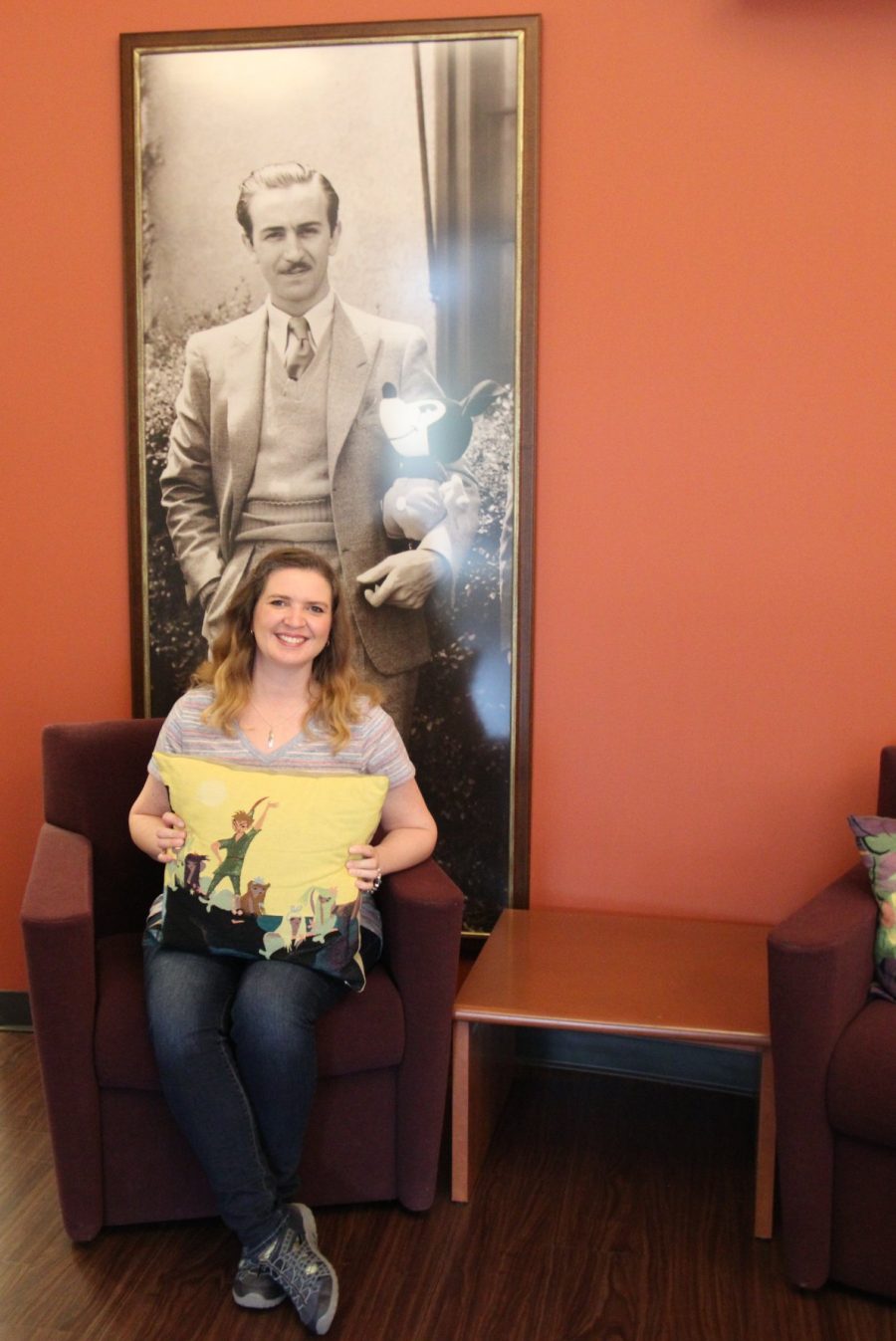
What a great experience this must have been. These are some great photos.
Nice blog post with some creative piece of art. Thanks for sharing such an awesome art work with us. Disney’s Animation Research Library is the best
This is the first time I’ve ever heard of Disney’s Animation Research Library, and it is amazing. I’m glad they let you and the bloggers tour it, as it is wonderful to read the review!